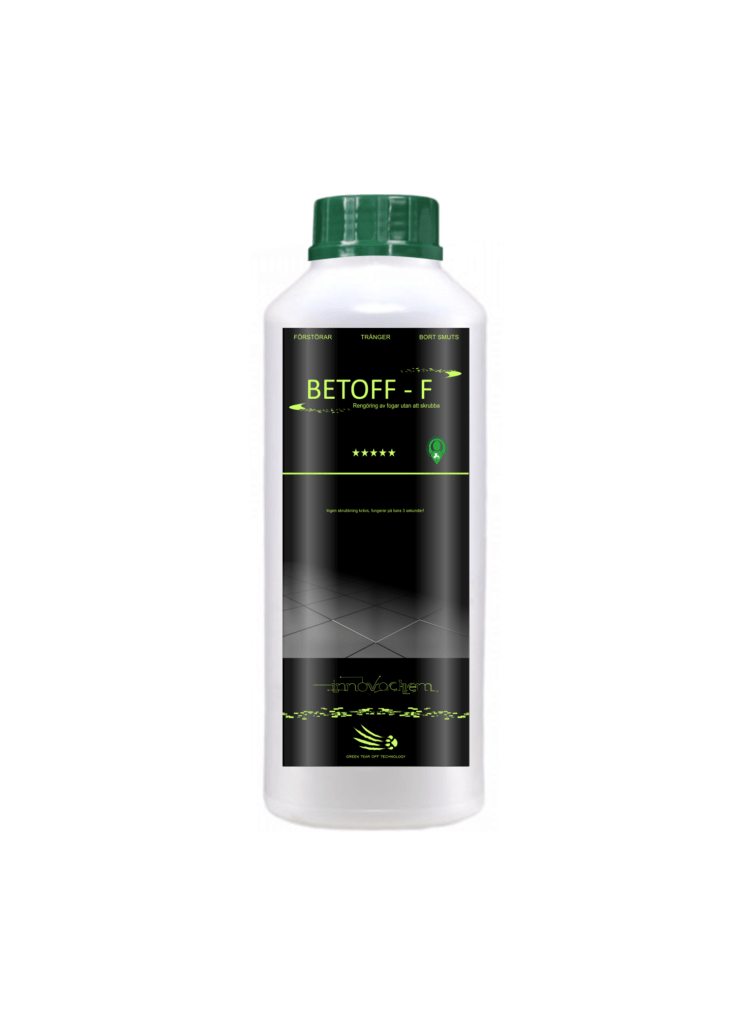All about cement mortar! What counts is what lies in between the tiles:
A float is a rubber instrument used to push grout into the crevices between tiles. The joints are filled slightly below the surface after the surplus is removed with a moist sponge. The tiles are polished with a gentle cloth to get rid of any last bits of “grout fog” once the grout has dried.
Nobody gives grout much thought as long as it does its function of tightly sealing the tiles, keeping water out, and giving floors and walls a polished appearance. People only notice grout problems when it breaks, discolors, gets cracked, or comes out completely.
Grout, though, merits greater consideration. Grout holds tiles together and keeps their edges from chipping or cracking, which strengthens the floor, wall, or countertop in addition to filling in gaps, according to Jay Broadwell, owner of Grout Logic, LLC in New Orleans, Louisiana.
All about cement mortar! Grout Based on Cement
There are two primary types of grout; choosing one to use relies on the breadth of the seams between the tiles rather than the tile itself. Grout that has been unsanded is a smooth mixture of Portland cement, water, and powdered colors for joints that are 1/8 inch or smaller. Grout with more sand added is called sanded grout for joints larger than 1/8 inch. Sand prevents the grout from shrinking in the joints and helps to thicken it up.
Cement grout from earlier times was fragile and prone to breaking. Additionally, it dried unevenly, creating uneven colors. Polymer additives are used in grouts nowadays to give color quality and enhanced flexibility, enabling joins up to 1 1/4 inches wide. These large seams can be used to combine different tile thicknesses in some patterned installations and to conceal flaws in handmade tiles.
All cementitious grouts are porous and stain-prone, nonetheless, despite their improved qualities. Because of this, grout should be sealed once it has cured and dried completely, according to manufacturers and installers. There are two types of sealers: penetrating and membrane-forming. When leftover moisture from primers or mastic reaches the tile surface, the former tends to flake or cloud. Since penetrating sealers allow grout and tile to continue to breathe after saturation, they are recommended.
All about cement mortar! Epoxy Grout
In certain environments, especially those exposed to oil and acids, even sealed grout with strengthened additives won’t work. Such severe circumstances necessitate epoxy grout. Epoxy grout is made up of two components: a hardener and a resin. It comes in sanded and unhanded varieties and is stain- and chemical-resistant. Early epoxies had a 45-minute pot life, were harsh to apply, and were tricky. Because of this, they cured quickly, but many tile installers took a while to embrace them, and beginners avoided them. Detergents are added to the hardeners of the latest generation of epoxies, making grouts easier to work with and enabling speedy water cleanup. Epoxies need to be sealed before grouting because they can discolor porous materials like limestone or unglazed quarry tiles.
Using drastically different grout and tile colors can create a dramatic contrast.
All about cement mortar! Selecting colors for grout
There are three ways to go about choosing grout color: contrasting (white grout with black tile, for example), harmonizing (green grout with green tile), or neutral (a gray or white tint).
Have one of our professionals grout a sample tile onto the plywood if you’re aiming for a dramatic color, then live with it for a few days.
First, apply a strong degreaser to the worn and blackened grout on your countertop and backsplash. According to Broadwell, “never use an oil-based soap to clean tile or grout.” “They will accumulate wax, which will discolor the grout.”
Maintenance and Upkeep – Cleaning Grout
Grease and food stains from years ago can seep into the surface and leave a filthy mess. Most of the time, you may regrout the old grout; nevertheless, in extreme circumstances, fresh grout may be required. To get dirty grout properly cleaned, choose BETOFF-F. Grout cleaning has never been simpler!

